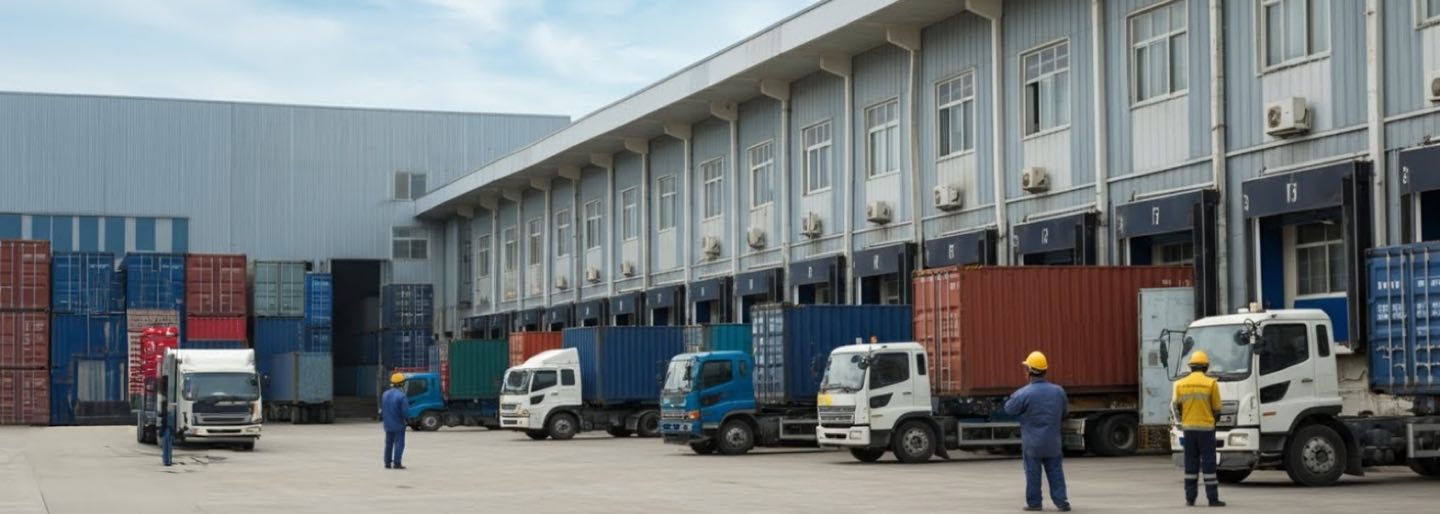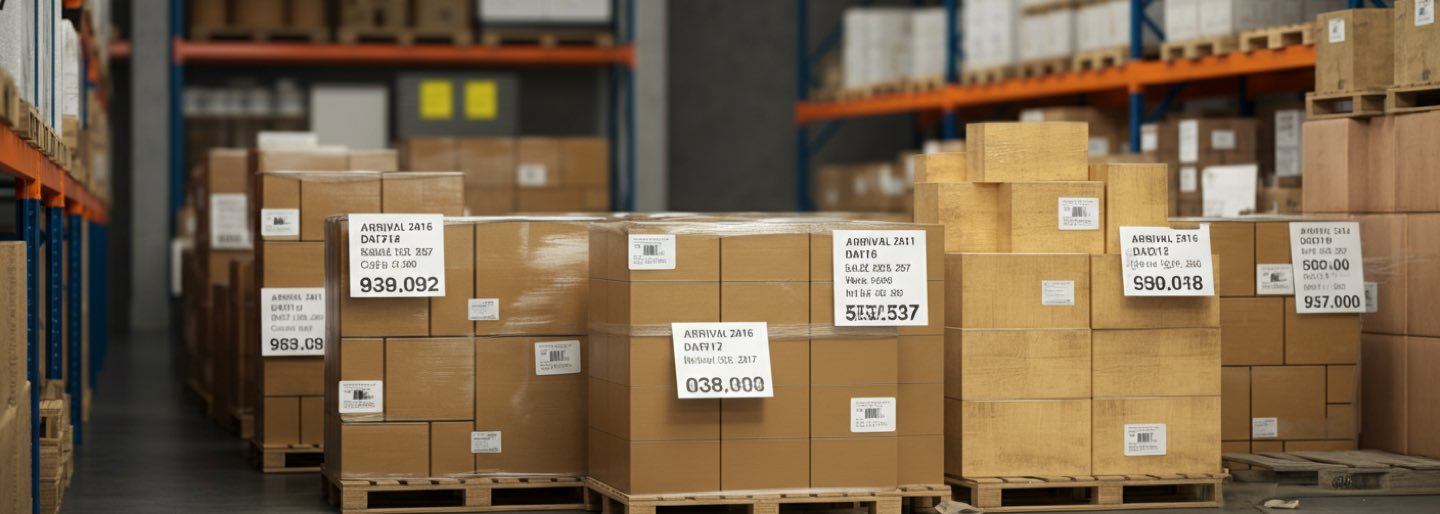Thinking about consolidating shipments from multiple suppliers? Think again.
Importing from multiple suppliers in China can be a smart strategy for diversifying your product sourcing and potentially getting better deals. However, many importers wonder if consolidating shipments from these different suppliers into one larger shipment is a cost-effective approach. While the idea of combining shipments seems logical at first glance, several factors often make it impractical and potentially more expensive. In this blog post, we’ll delve into the challenges of consolidation and explain why Transporteca generally advises against it.
The Downside of Consolidation
1. Supplier Dependencies and Delays
Imagine you’re sourcing products from three different factories in China. Each factory has its own production schedule and potential for delays. Consolidating your shipments means linking the fates of these three suppliers. If one factory experiences a production hiccup or quality control issue, it will hold up the entire consolidated shipment. This can lead to significant delays in receiving your goods and disrupt your sales and inventory planning.
Example: Let’s say Factory A produces phone cases, Factory B makes screen protectors, and Factory C manufactures charging cables. You plan to sell these items on your webshop in Europe. If Factory B’s screen protectors are delayed by a week, you cannot ship the consolidated shipment until they are ready, even if Factories A and C are on time. This means your phone cases and charging cables will also be delayed, impacting your ability to launch your products.

2. Documentation Nightmare
Each supplier in China generates their own set of shipping documents, including commercial invoices and packing lists. Consolidating shipments doesn’t eliminate this paperwork. You’ll still have multiple invoices and packing lists, one from each supplier. This creates complexity for customs clearance, both in China and at your destination country.
Example: With three suppliers, you will have three commercial invoices and three packing lists. Customs authorities treat each set of documents as a separate shipment, even if they are physically consolidated into one container. This often means multiple customs clearance processes and associated fees, negating any potential savings from consolidated shipping.

3. The Myth of Cost Savings (LCL Shipments)
For Less than Container Load (LCL) shipments, the cost savings from consolidation are often negligible. When you ship LCL, you’re already only paying for the space your cargo occupies within a shared container. The remaining space is filled with goods from other shippers. Consolidating multiple LCL shipments into one slightly larger LCL shipment does not significantly change the shipping cost per cubic meter.
Example: If you have three separate LCL shipments, each measuring 2 cubic meters, you’ll pay for 6 cubic meters total. Consolidating them into a single 6 cubic meter LCL shipment won’t reduce the overall cost because the pricing is based on volume. You are essentially consolidating at the port already, you just don’t get to choose which other goods share a container with your goods.

4. Extra Handling and Storage Costs
Consolidation requires an extra step in the shipping process: bringing all the goods from different suppliers to a single warehouse for packing and repacking into one consolidated shipment. This adds handling and potentially storage costs, especially if the goods from different suppliers don’t arrive at the consolidation warehouse simultaneously.
Example: If Factory A’s goods arrive at the consolidation warehouse a week before Factory B’s, the warehouse will charge you for storing Factory A’s goods until the rest of the shipment arrives. These storage fees can quickly eat into any potential savings from consolidating.

5. Increased Risk of Customs Delays
If a consolidated shipment is selected for customs inspection at the destination, the entire shipment is held, not just the goods from a single supplier. This can cause significant delays for all your products, even those that would have passed inspection without issue if shipped separately.\
Example: Imagine one of your three suppliers mistakenly includes an incorrect item on their packing list. If this consolidated shipment is inspected, customs will flag the discrepancy and hold the entire container, delaying all your goods, even those from the other two compliant suppliers.

The Exception: Full Container Load (FCL)
The one scenario where consolidation might offer cost savings is when your combined shipment volume is large enough to fill a full container (FCL). In this case, you avoid the shared container costs associated with LCL shipments. However, even with FCL, the documentation and supplier dependency issues still apply.
Conclusion
While the concept of consolidation may seem appealing, the logistical realities and potential costs often outweigh the perceived benefits, especially for LCL shipments. By understanding these challenges, you can make informed decisions about your shipping strategy and avoid the pitfalls of consolidation, ensuring a smoother, more cost-effective import process. For most importers, managing shipments separately from each supplier and booking LCL is more cost-effective and provides a smoother import experience, as it is not adding additional risk and cost in China before your goods have even left the country.